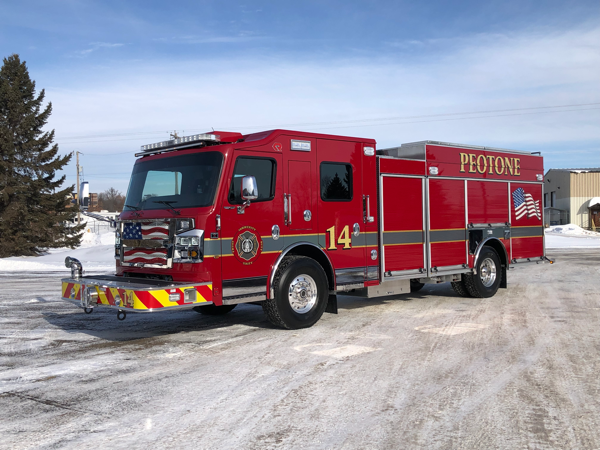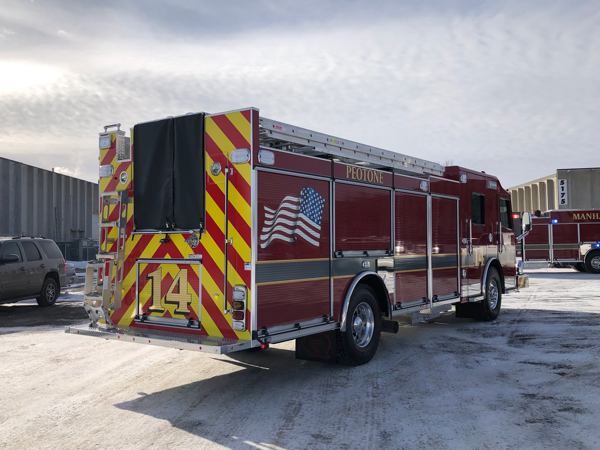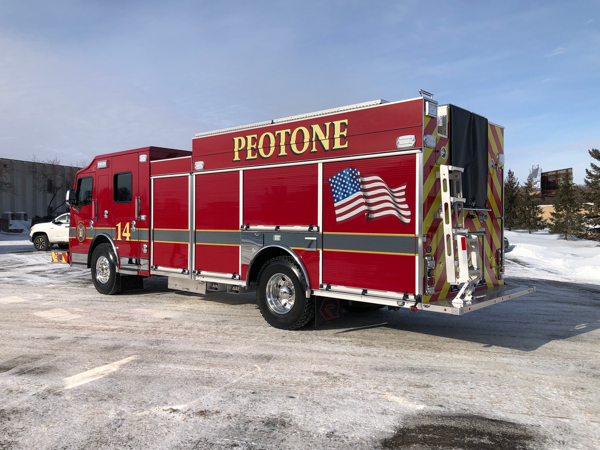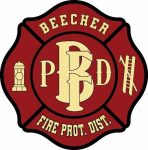
This from Chief Joseph Falaschetti Jr.:
I wanted to provide you with some updated information for the Beecher Fire Protection District
- 711 Penfield Street Beecher, IL 60401
- The district is 56.1 square miles
- 7 career personnel 44 part-time personnel
- Radio frequency is still 154.2350
- 1200 calls for service
- Website www.beecherfire.org
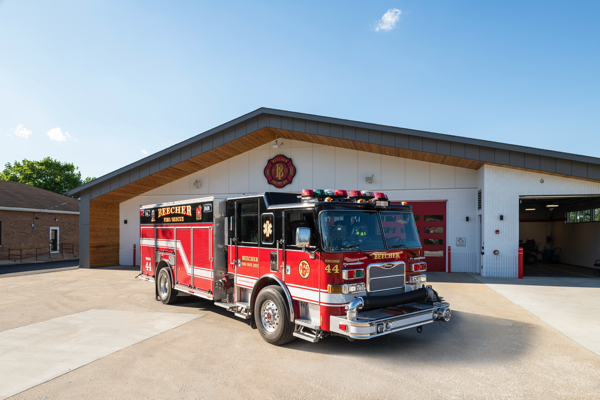
Beecher FPD photo
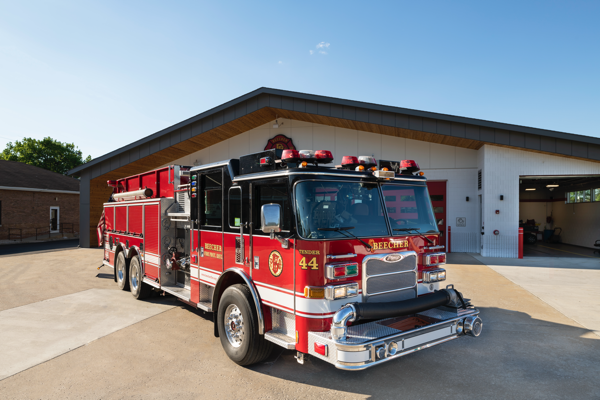
Beecher FPD photo
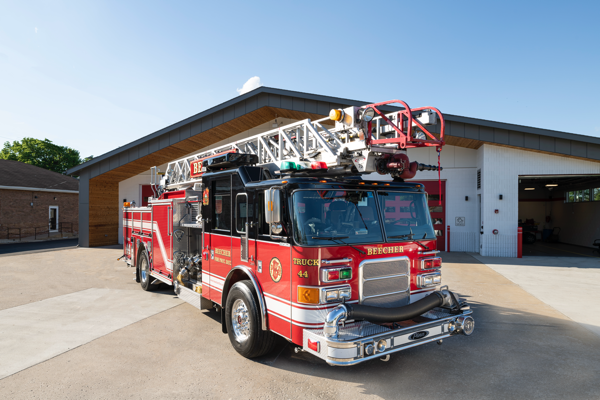
Beecher FPD photo
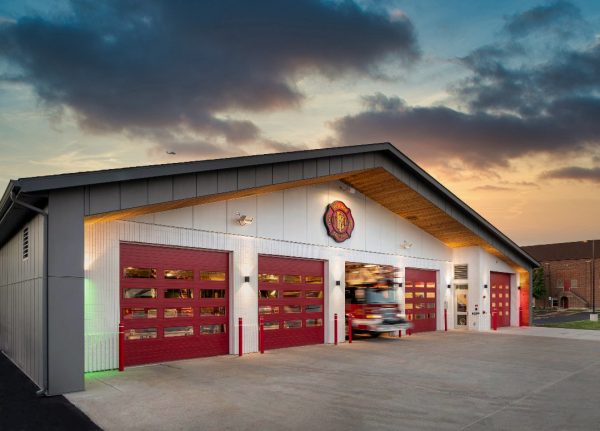
Beecher FPD photo
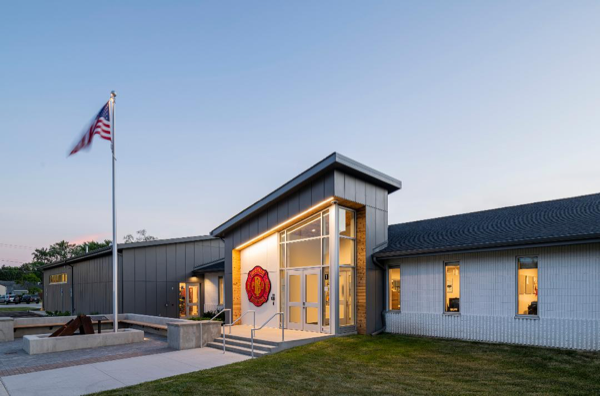
Beecher FPD photo
